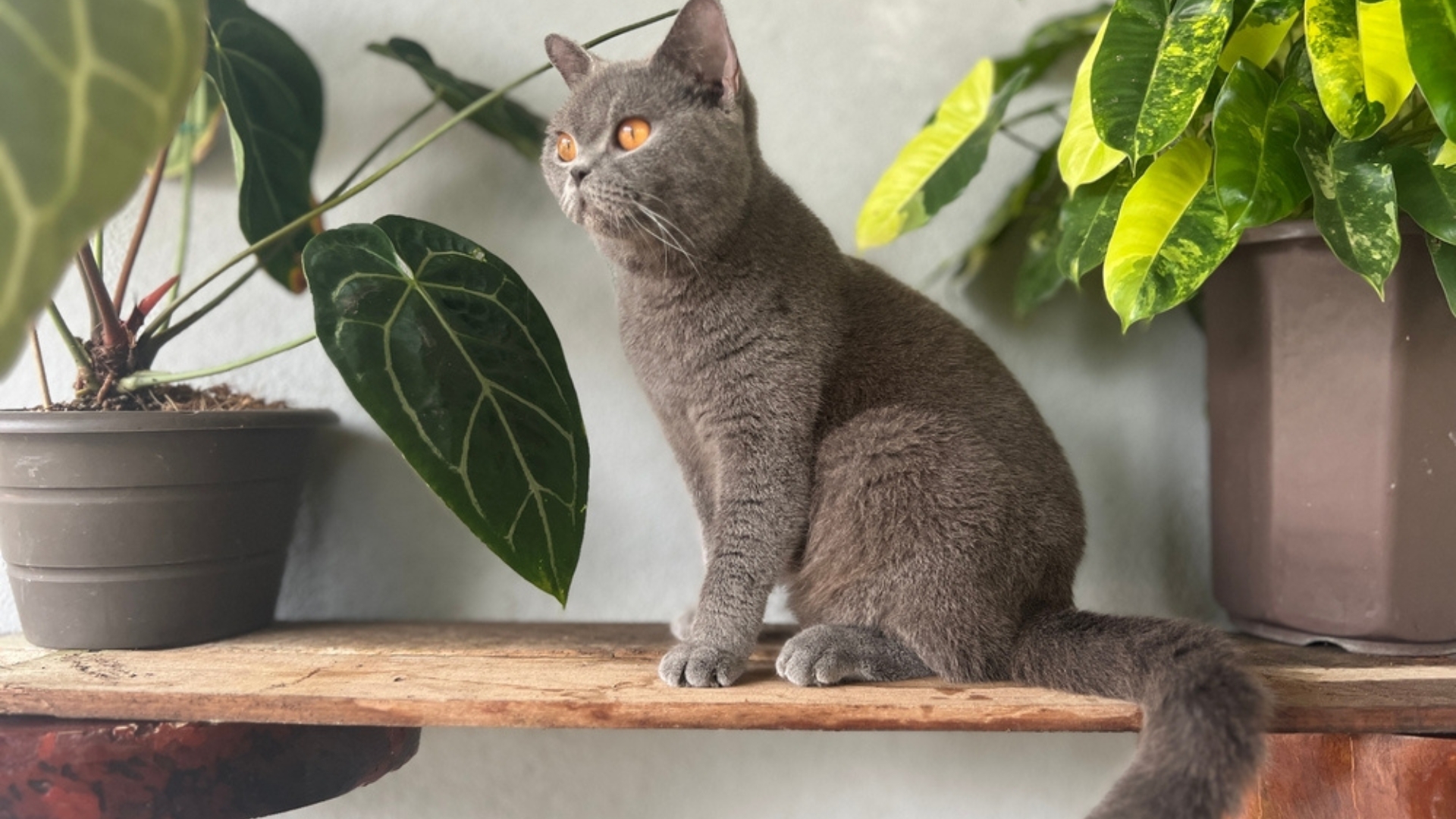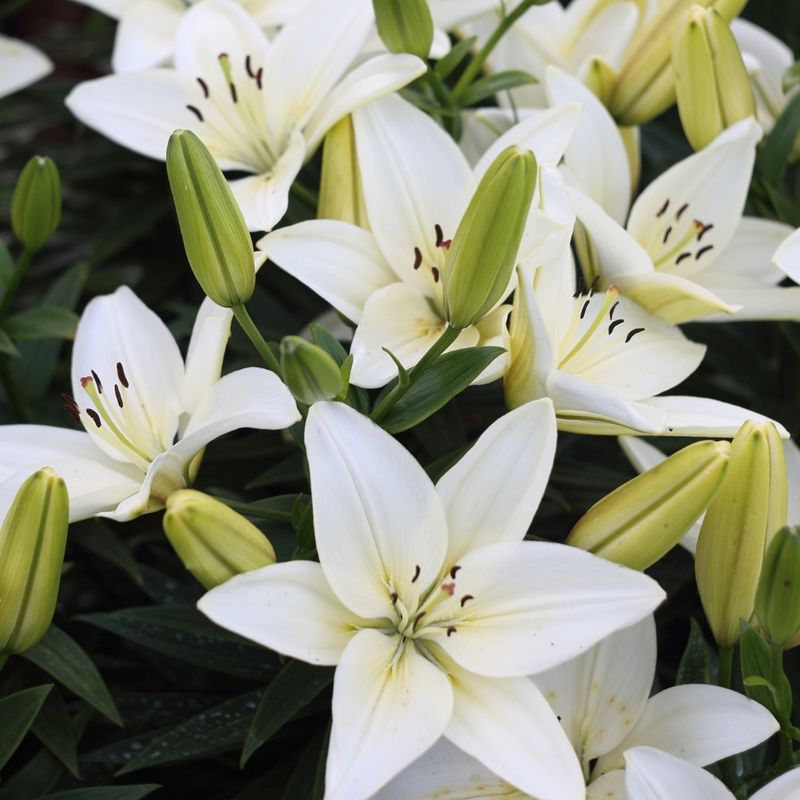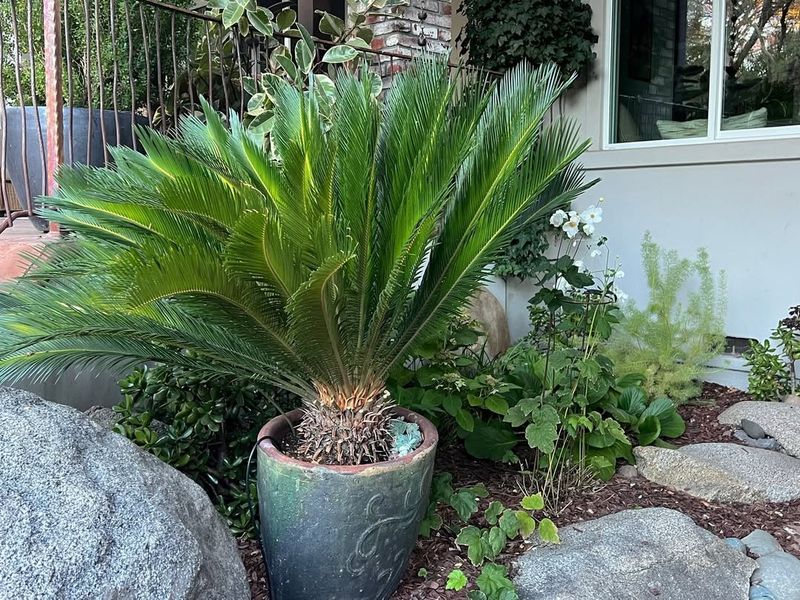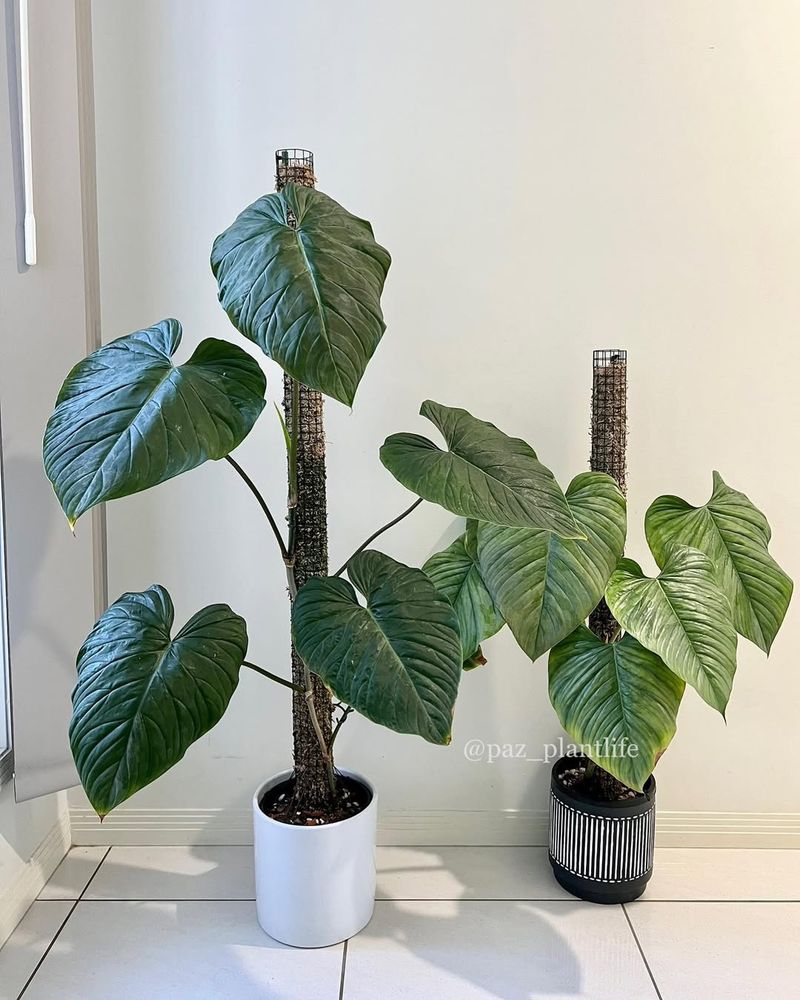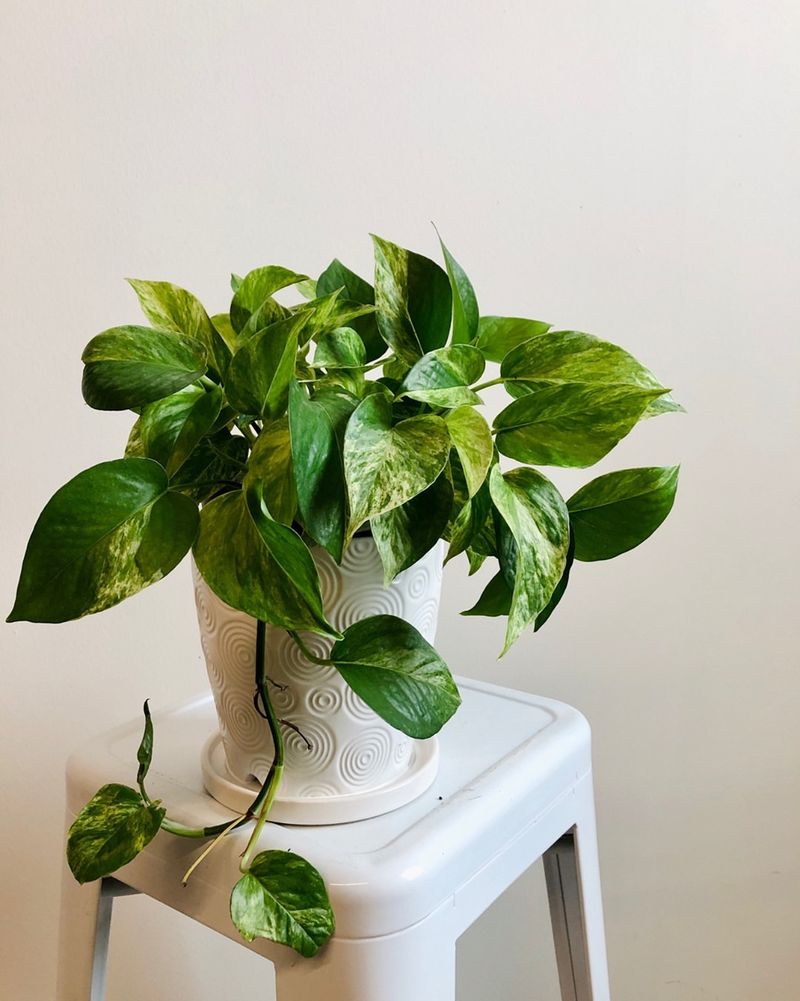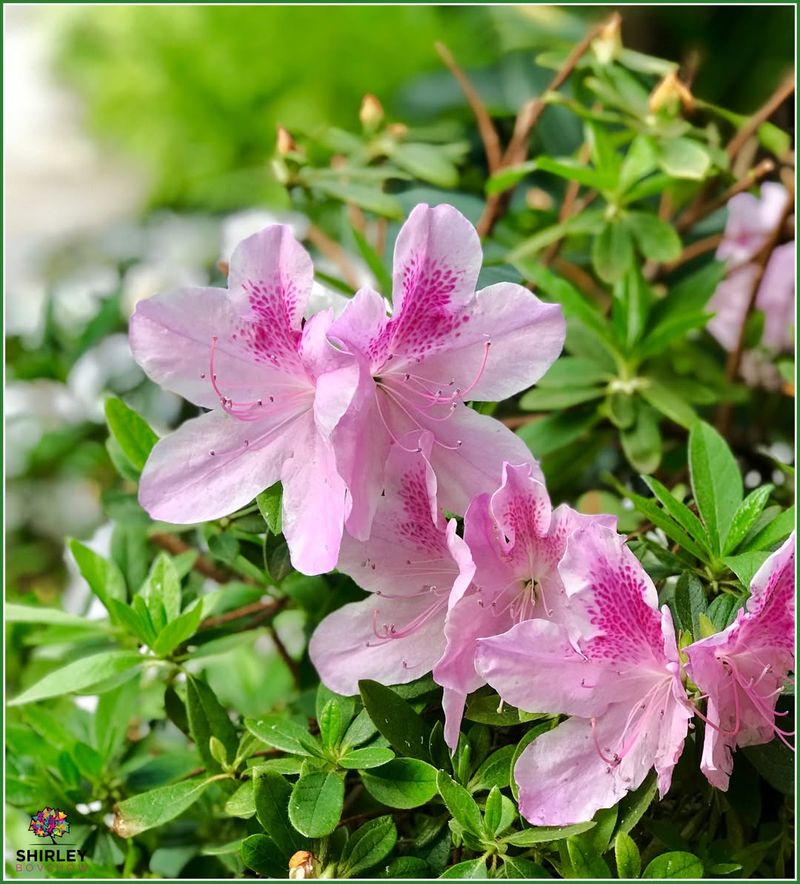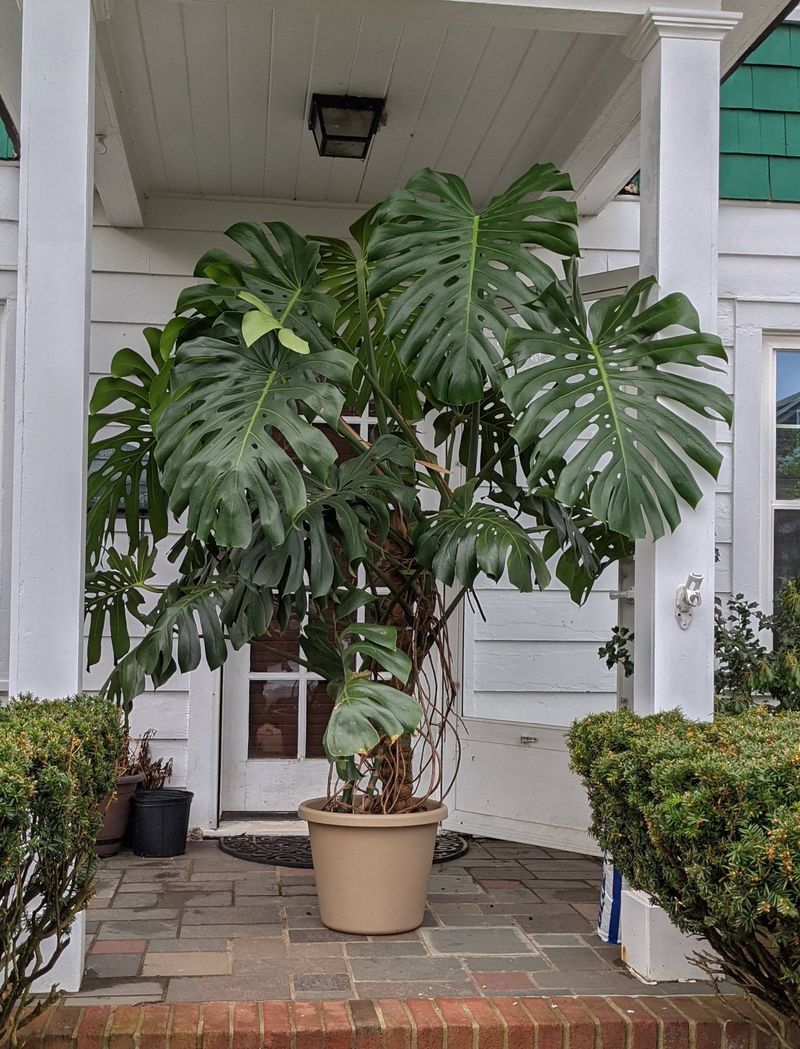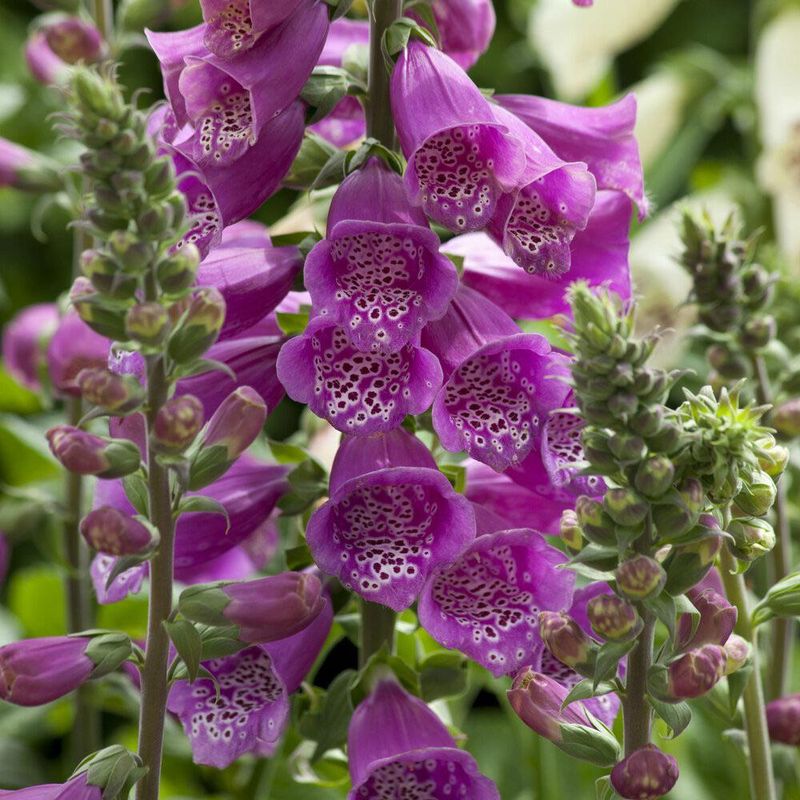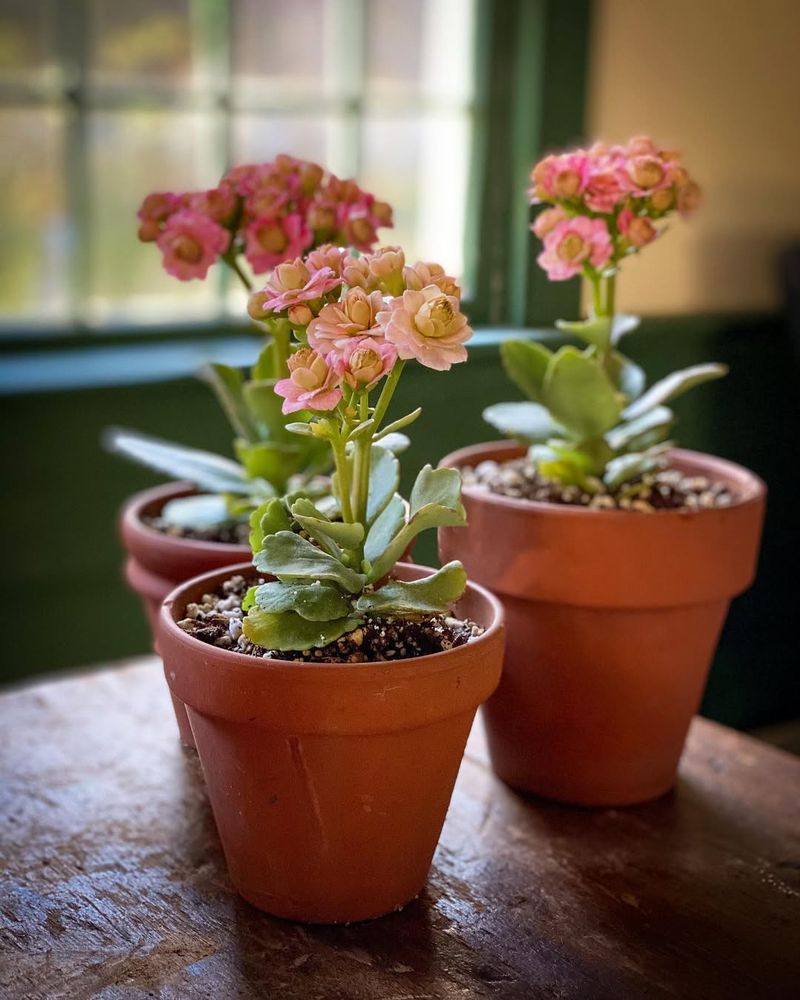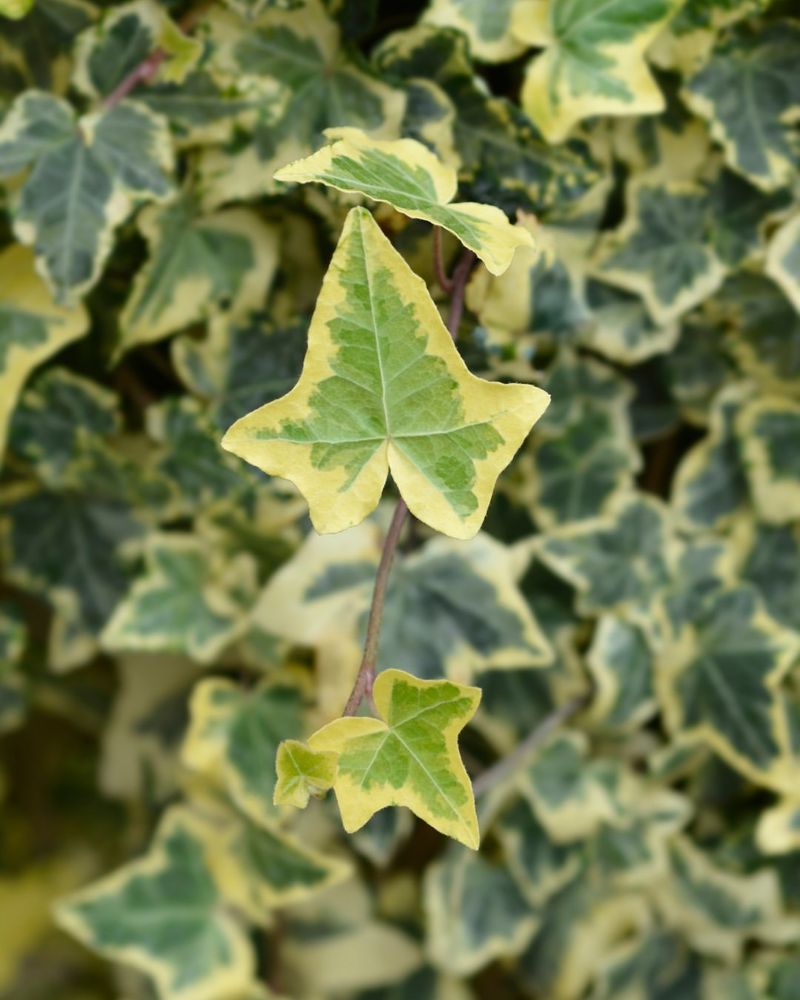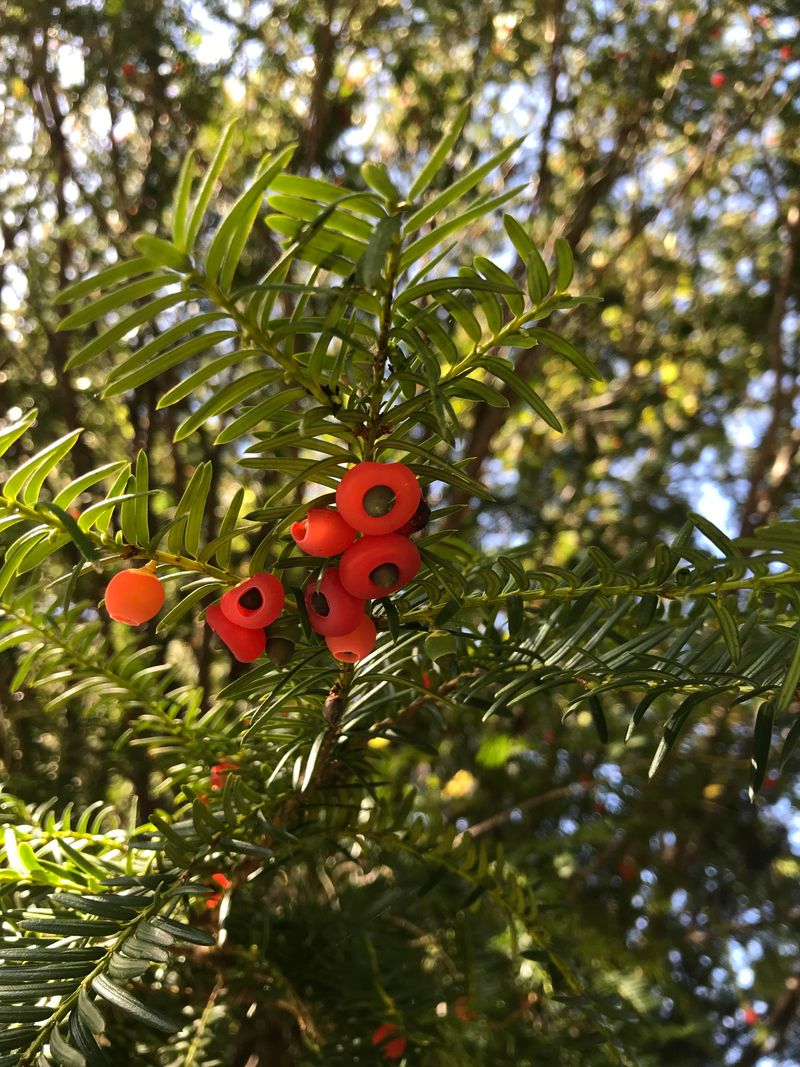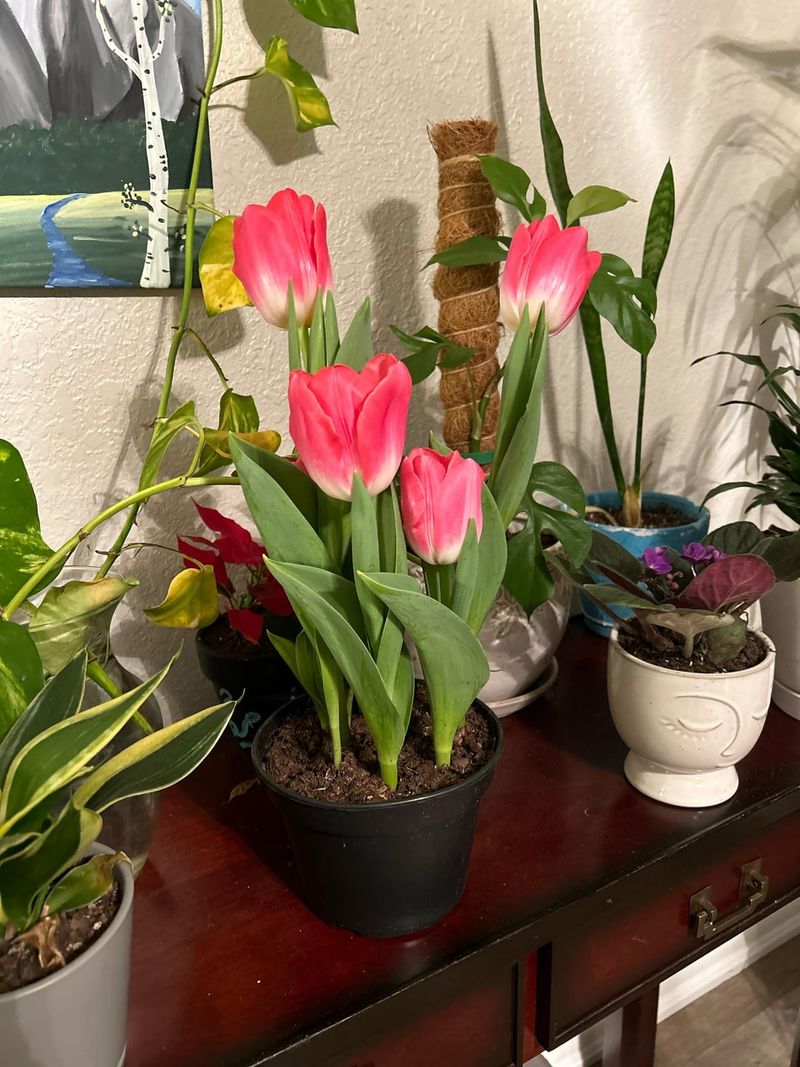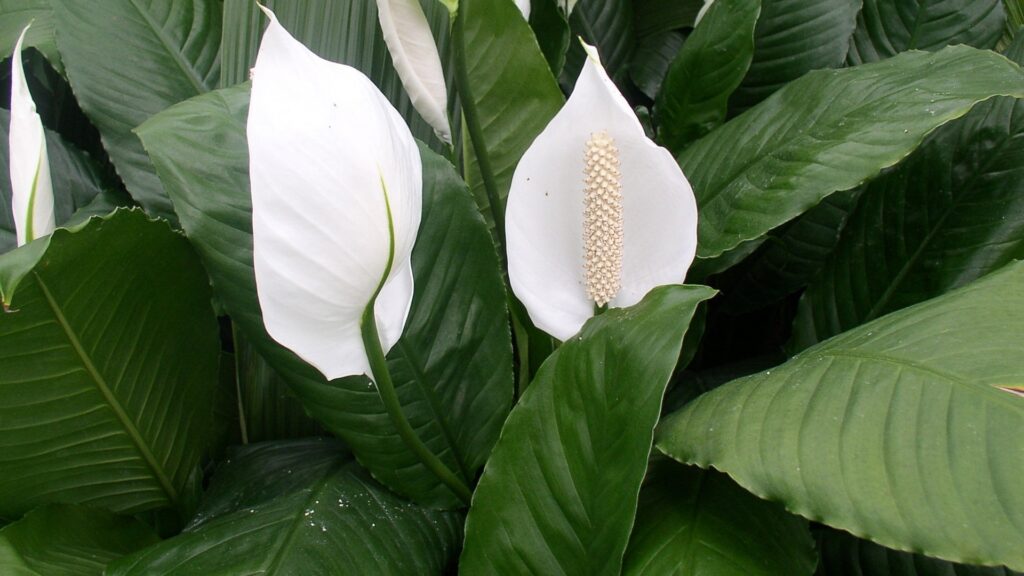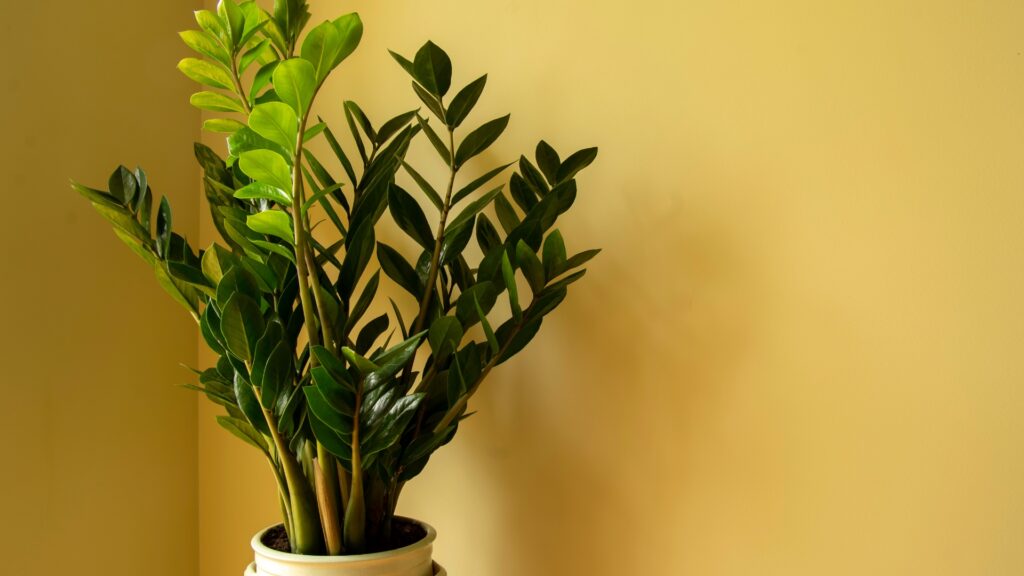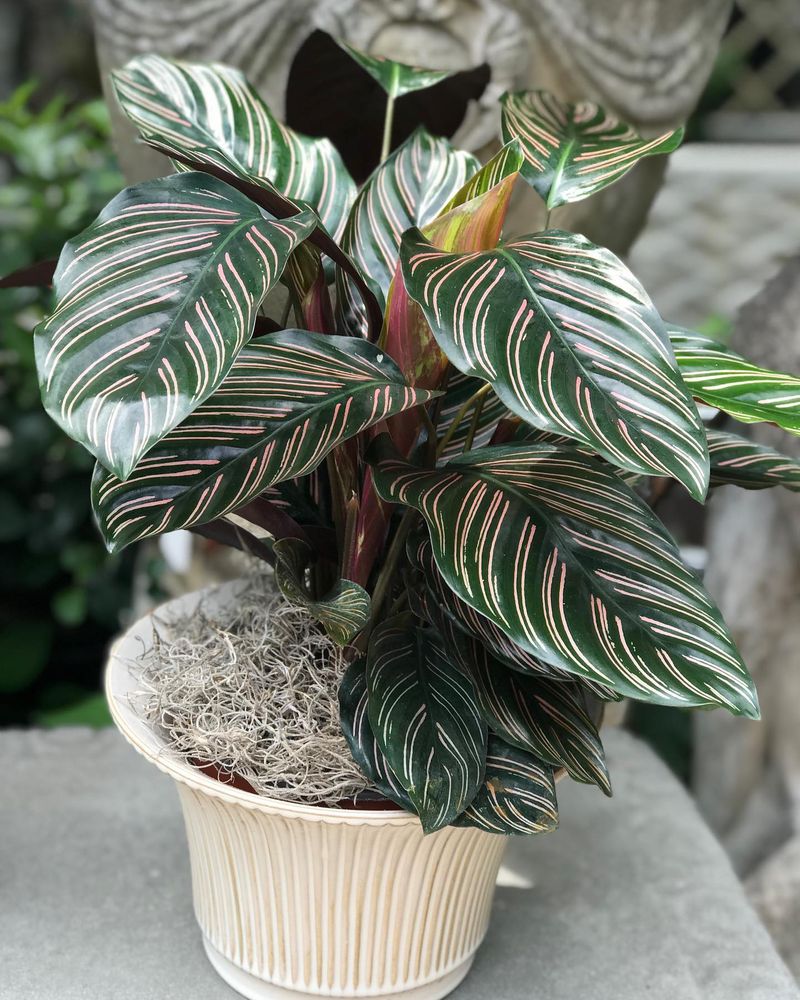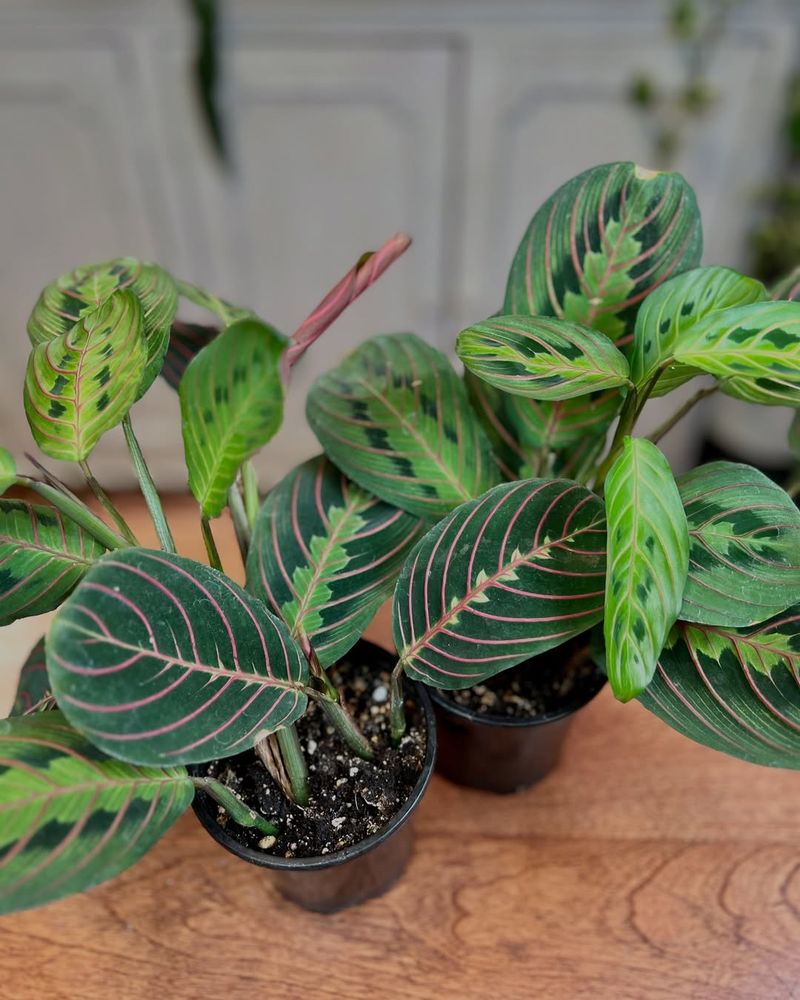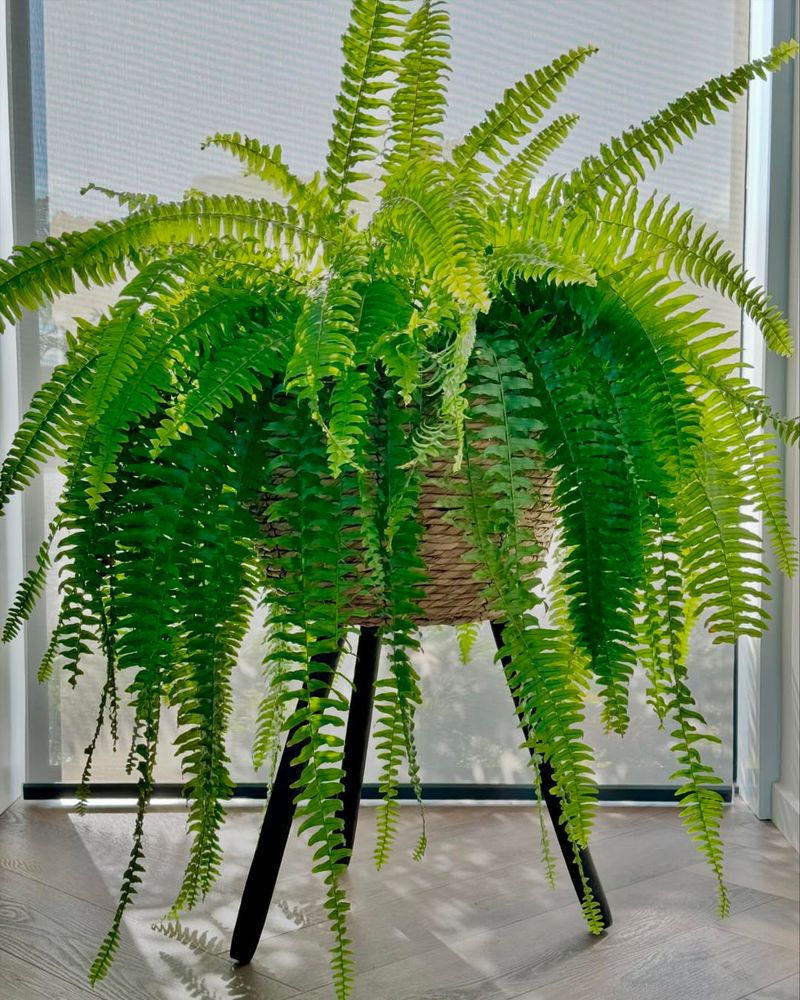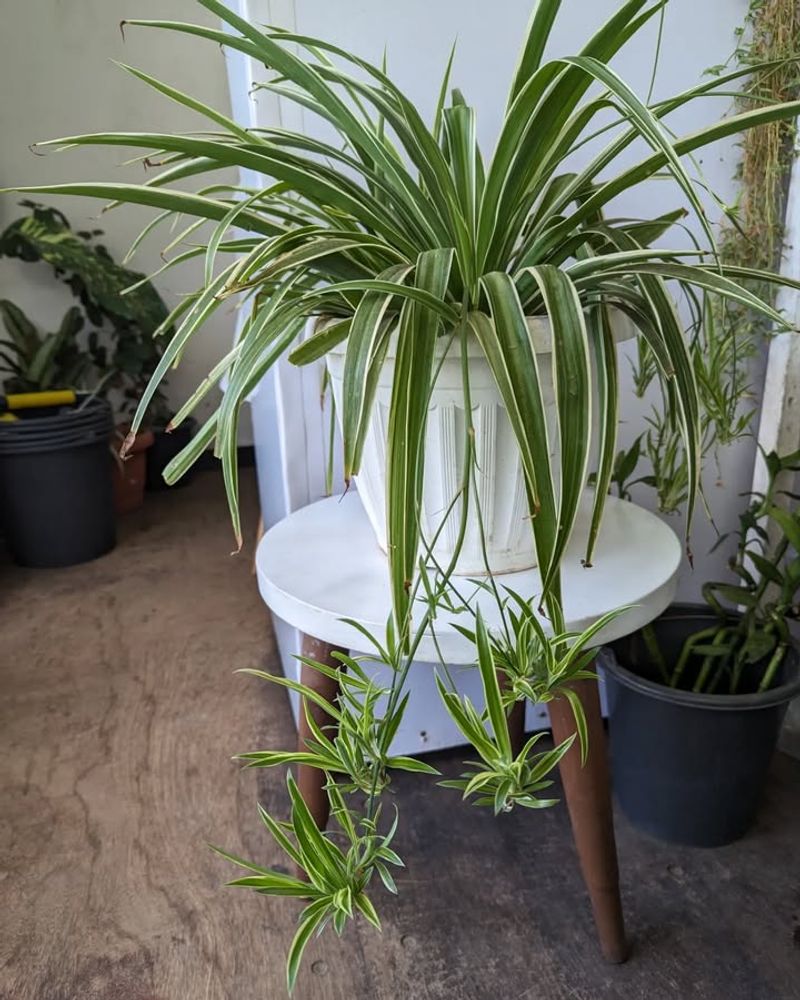Lush houseplants bring life to any room — but if you’ve got a cat, not all greenery is created equal. Felines are famously curious, and one nibble on the wrong leaf can spell big trouble.
As a cat parent myself, I’ve had some close calls with toxic plants. Beautiful doesn’t always mean safe, especially when paws and whiskers are involved.
To help you steer clear of danger, here’s a list of 17 plants to avoid — plus safe, stunning alternatives your cat can sniff without risk. Let’s keep your home green and pet-friendly!
1. Lily
Lush and lovely lilies are a staple in bouquets, but they’re a feline foe. Just a single nibble can lead to severe kidney damage in cats. Every part of the lily plant, from the petals to the pollen, poses a danger. So, if you love lilies, keep them far from paw’s reach.
Consider decorating with cat-friendly alternatives like roses or sunflowers instead to keep your home both beautiful and safe.
2. Aloe Vera
Aloe vera is a household favorite for soothing burns, but it won’t soothe your kitty. The gel inside contains saponins, which are toxic to cats.
If ingested, it can cause vomiting or a change in your cat’s behavior. For a safer option, consider keeping aloe vera gel in a sealed container and out of reach, while opting for non-toxic plants like spider plants to adorn your space.
3. Dieffenbachia
Dieffenbachia, known for its lush, variegated leaves, can cause quite the cat conundrum. Chewing on its leaves can lead to oral irritation and difficulty swallowing for your furry friend.
Its beauty might be captivating but comes with a hefty risk for cats. If you’re looking to replace this risky plant, consider opting for Boston ferns, which are both non-toxic and equally charming.
4. Sago Palm
The sago palm is a striking yet sinister addition to any garden. Its seeds and leaves contain cycasin, a toxin that’s highly dangerous to cats.
Ingesting even a small amount can lead to liver damage or even death. To ensure your garden remains a safe haven for your feline, consider safer palms, like the parlor palm, which offers tropical vibes without the toxic threat.
5. Oleander
Oleander’s vibrant blooms are a gardener’s delight, but it’s a cat’s worst nightmare. Every part of this plant is laden with toxins that can affect the heart.
A curious nibble can lead to serious health issues, including heart rhythm disturbances. For a worry-free garden, consider planting marigolds or petunias, which are both safe and stunning alternatives.
6. Philodendron
The philodendron, with its trailing vines, is a popular pick for indoor spaces. However, it secretes calcium oxalate crystals that can irritate a cat’s mouth and digestive tract.
If your feline friend has a penchant for chewing, this plant might land them in a bit of trouble. Instead, brighten your home with safe options like the friendship plant, which promises peace of mind.
7. Pothos
Pothos is often praised for its low-maintenance nature, but it’s not as friendly to cats. It contains insoluble calcium oxalates, causing oral discomfort if ingested.
Symptoms include drooling and difficulty swallowing, which are far from the cozy vibes you’re aiming for. Opt for a plant like the prayer plant, which is as easy to care for but much safer for your furry companion.
8. Azalea
Azaleas bring a burst of color to any garden, yet they can spell trouble for cats. Consuming any part of this plant can result in vomiting or, in severe cases, cardiac arrest.
A garden filled with azaleas might look dreamy but can be a nightmare for your feline friend. Swap them out for the equally vibrant but non-toxic snapdragons to keep your garden both beautiful and safe.
9. Chrysanthemum
Chrysanthemums are autumn’s floral icons, but they’re not kitty-approved. The plant contains pyrethrins, which can cause gastrointestinal upset in cats.
Symptoms might include drooling, vomiting, or diarrhea, turning a cozy fall evening into a stressful ordeal. Instead, consider bringing the fall spirit indoors with African violets, which are charming and safe for your cat.
10. Monstera Deliciosa
Monstera deliciosa is a trendy plant, adored for its dramatic, split leaves. However, those enticing leaves contain insoluble calcium oxalates, posing a risk to cats.
If gnawed on, it could lead to oral irritation and swelling. For a safer yet stylish plant, consider the Swedish ivy, which adds greenery without the worry.
11. Foxglove
Foxglove’s bell-shaped blooms can be enchanting, but they hide a dangerous secret. The plant is laden with cardiac glycosides, which can disrupt your cat’s heart function.
Even a small taste can result in severe cardiac issues. To keep your garden both enchanting and safe, opt for snapdragons, which mimic the foxglove’s beauty without the toxic threat.
12. Kalanchoe
Kalanchoe’s vibrant flowers can brighten any room, but they’re not without risk for cats. The plant contains cardiac glycosides, which can lead to heart problems if ingested.
If your cat loves to explore windowsills, this plant might not be the best choice. Replace it with the safer African violet, which brings color and safety to your home.
13. English Ivy
English ivy is a classic, climbing beauty that can spell trouble for curious cats. The plant contains triterpenoid saponins, which can cause drooling and abdominal pain if ingested.
Its trailing vines might be tempting to cats, leading to an upset stomach. For a climbing plant that won’t cause chaos, consider jasmine, which offers fragrance and safety.
14. Yew
Yew plants are often used in landscaping, but they harbor toxic alkaloids that are highly dangerous to cats.
Ingestion can lead to tremors or, in severe cases, death. For a safer hedge, consider the boxwood, which provides structure and greenery without the lethal risk.
15. Tulip
Tulips are a springtime favorite, adored for their bright colors. However, they contain toxins that can lead to drooling and nausea in cats.
The bulbs, in particular, are the most dangerous part if dug up and chewed on. For a safer splash of spring color, consider daffodils, which offer similar beauty without the feline hazards.
16. Peace Lily
Despite its serene name and elegant white spathes, the peace lily is anything but peaceful for cats. It contains insoluble calcium oxalates, which can cause severe oral irritation, drooling, and difficulty swallowing if ingested.
Even brushing up against the plant can transfer pollen that your cat may later ingest during grooming. For a safer space, opt for true lilies only if you’re sure they’re from the non-toxic varieties — or better yet, stick with pet-safe blooms like orchids or bromeliads.
17. ZZ Plant
The ZZ plant, beloved for its glossy leaves and resilience, harbors a hidden danger for cats. All parts of the plant contain calcium oxalates, which are toxic when chewed or ingested.
Symptoms include vomiting, diarrhea, and lethargy — a serious concern for any pet parent. While the ZZ’s low-maintenance appeal is tempting, it’s best swapped for a cat-safe beauty like the cast iron plant for a worry-free display of greenery.
18. Areca Palm (Safe Alternative)
The Areca Palm, also known as Dypsis lutescens, is a popular houseplant that is safe for cats. Its long, feathery fronds add a tropical touch to any room. This plant thrives in indirect sunlight, making it ideal for indoor environments. Be sure to keep its soil moist but not soggy.
Cats will enjoy the greenery without the risk of toxicity. The Areca Palm is not only pet-friendly but also an excellent air purifier, removing toxins from the air. With its graceful appearance, it complements any decor style, providing a safe, natural ambiance for your furry friend.
19. Calathea (Safe Alternative)
Calathea, known for its strikingly patterned leaves, is a safe choice for cat owners. Its foliage displays a variety of colors, from deep greens to purples, offering a visual treat. Calathea prefers a humid environment and filtered light, mimicking its natural rainforest habitat.
Place it in a bathroom or kitchen for optimal growth. Its leaves may fold up at night, a fascinating feature that adds movement to your decor. Cats can brush against it without harm, making it a wonderful addition to a pet-friendly home. Enjoy the allure of Calathea without worry.
20. Maranta (Safe Alternative)
Maranta, or Prayer Plant, gets its name from the unique way its leaves fold up at night, resembling hands in prayer. This behavior is sure to intrigue both you and your cat. Not only is it visually appealing, but it is also completely safe for cats.
It thrives in indirect sunlight and enjoys a humid atmosphere. Regular misting will keep Maranta vibrant and healthy. Its striking leaf patterns add a decorative flair to your space, while its non-toxic nature means your feline companion can interact with it safely. Make Maranta part of your indoor garden.
21. Boston Fern (Safe Alternative)
The Boston Fern is a classic houseplant, recognized for its lush, arching fronds. Safe for cats, it is a perfect choice for those who love greenery. This fern prefers a cool spot with high humidity, making it a great addition to bathrooms or sunrooms.
Regular watering and misting keep it thriving. Its vibrant green leaves not only beautify your home but also improve air quality. Your cat will enjoy its soft texture without any risk. With the Boston Fern, you can create a serene, cat-friendly environment that is both beautiful and beneficial.
22. Spider Plant (Safe Alternative)
The Spider Plant is a resilient and easy-to-care-for plant that is safe for cats. With its arching leaves and small white flowers, it adds a touch of elegance to any room. It thrives in various light conditions, though indirect sunlight is ideal.
Water it occasionally, allowing the soil to dry out between watering. Known for its air-purifying qualities, the Spider Plant helps cleanse your home atmosphere. It often produces “babies” or offshoots, which can be propagated for more plants. Cats and humans alike can enjoy its beauty and benefits without worry.

